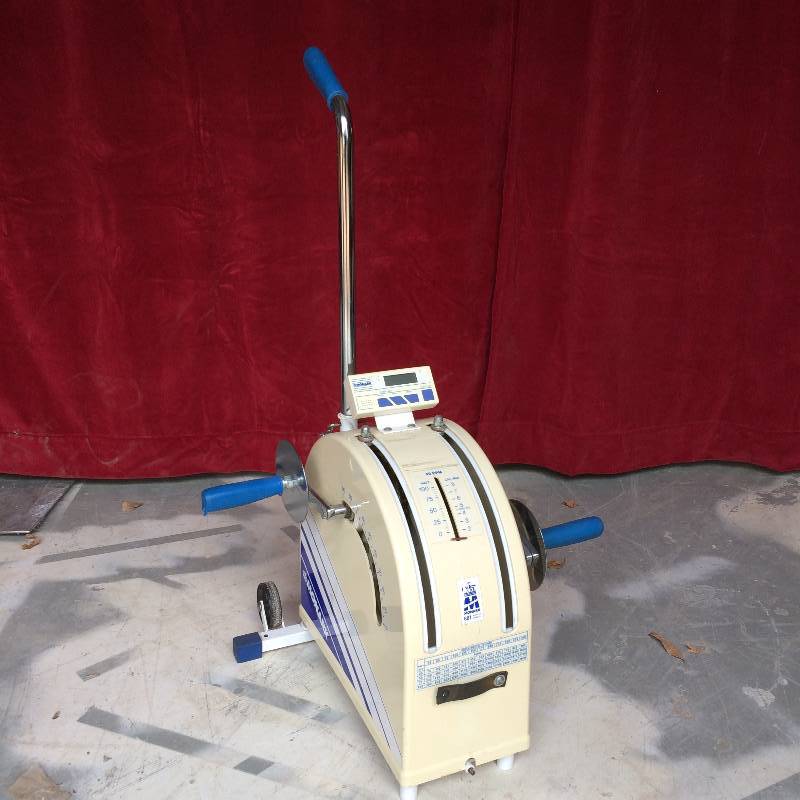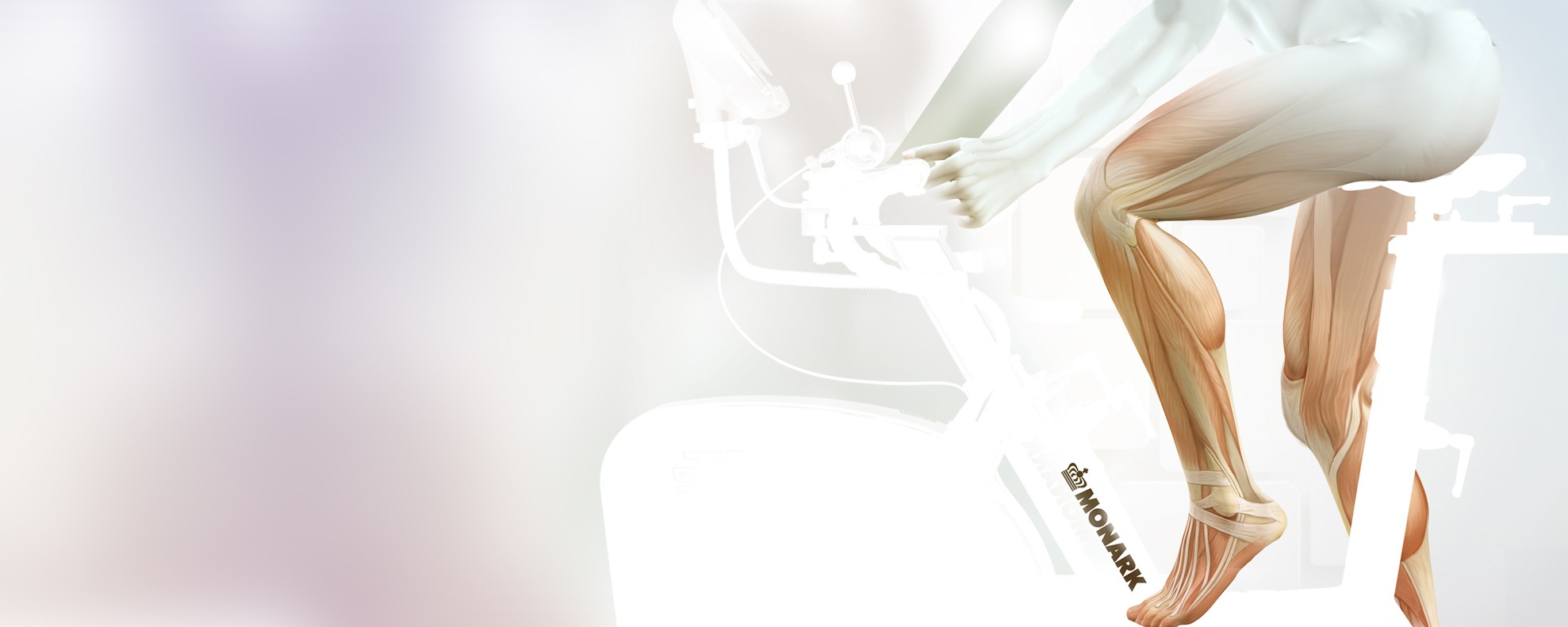

Question: Find the minimum diameter that the wheel can be in order to power the cycle ergometer at max applied forceįig 1: Assumed forces acting on the wheel of the cycle ergometerīackground: Knowing what the minimum input wattage it takes to power the cycle ergometer, it is possible to use the conversion relationships for wattage and Kilojoules and Kilojoules and work to convert wattage into the minimum workout output needed to power the machine. Determining the optimized size of this wheel allows for adjecent compoenets to be appropriately designed so that the cycle ergometer is as compact as possible but still fully functional. The wheel is the main component of a cycle ergometer machine since it is the component that is being used to measure work output. The unknown being solve for is the size of the wheel since this will give a known distance that the user has “travelled” per revolution and thus the equation for work (Work = Force*Distance) can be applied to find the unknown.
#Monark cycle ergometer portable#
The motivation for this is that a smaller wheel allows for the machine to be more compact, lighter, and more portable allowing for greater home or clinical use An engineering problem in designing a cycle ergometer is determining the optimal size of key components like the wheel and thus the overall machine. When designing a cycle ergometer for repeated exercise usage it is improtant to think about what are the key components of the machine, the intended usage, how closely the machine can simulate road bike cyclig, storage, and the impact of that the device can have on the user and their exercice. Cycle ergometers are a common type of ergometers used for cardio-pulmonary exercieses and sports medicince diagnostic and performance testing which uses the task of cycling. This work outuput can be used to determine how much power has been produced and how much metabolic energy has been consumed. The basic principle of any ergometers is to measure the distance traveled in relation to an applied force to output the work that has taken to perform that task. Based on the HR at 3:00 min (or 4:00 min if you had to extend the stage), adjust the workload appropriately and follow these same instructions for the next stages.Monark Ergometer 879E Monrk Ergomedic 839E.If the 2:00 and 3:00 HR’s are not within 5 bpm, add a 4th minute to this stage and record HR at 4:00 min.Start the first workload (3 min 150 kgm/min, 0.5 kg, 50 RPM): The minimum time for the test is 6 minutes and the maximum is 12 minutes.Īllow the subject to warm‐up on the cycle ergometer for 2 to 3 minutes with a resistance of 0 kg and an RPM of 50. The goal of assessment is for the subject to achieve two consecutive workloads where the heart rate is between 110 bpm and 85% of age-predicted max heart rate.

EquipmentĬycle ergometer, heart rate monitor, and blood pressure monitor Procedure Estimate the body’s ability to deliver oxygen to determine cardiovascular fitness level.


 0 kommentar(er)
0 kommentar(er)
